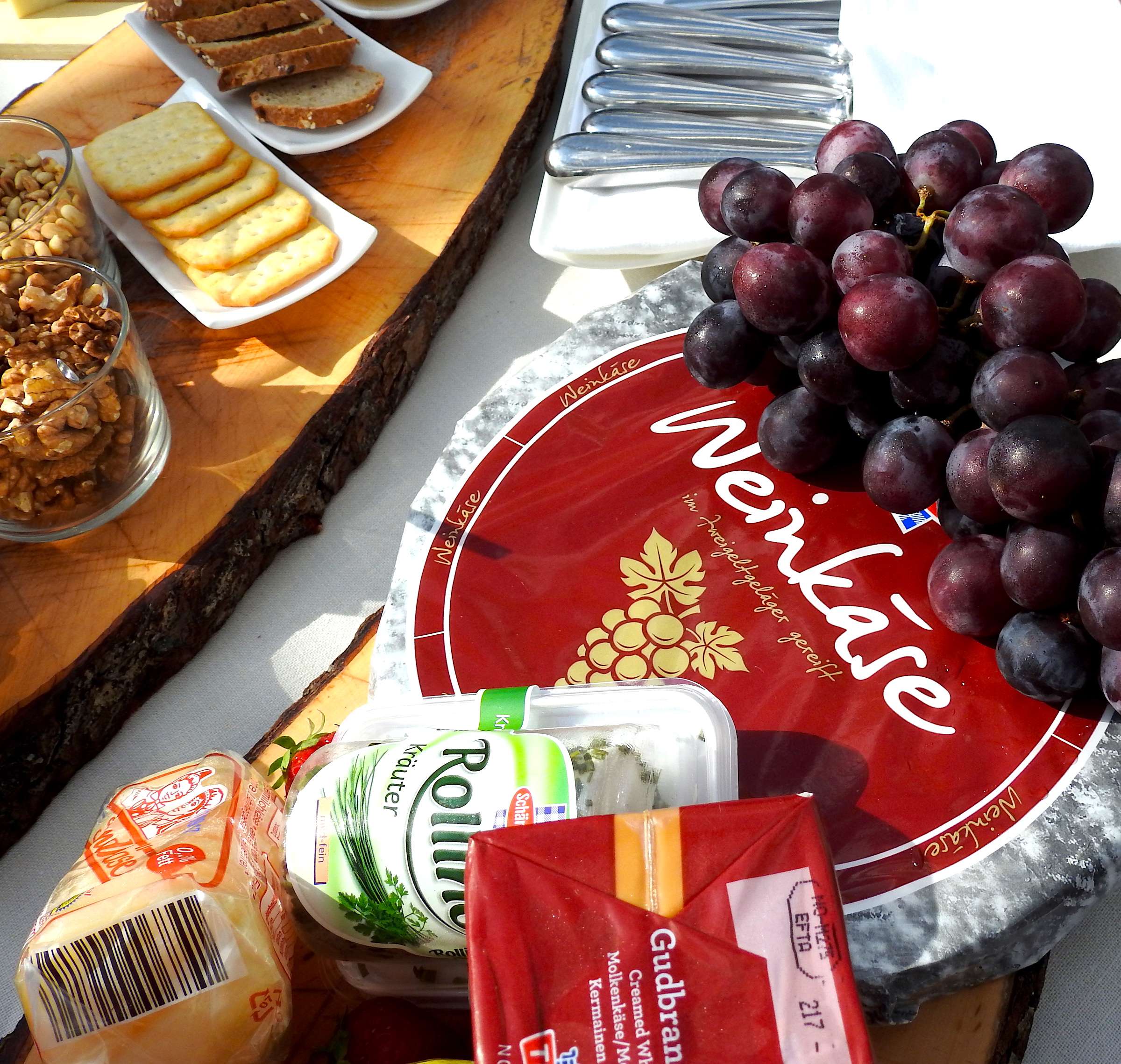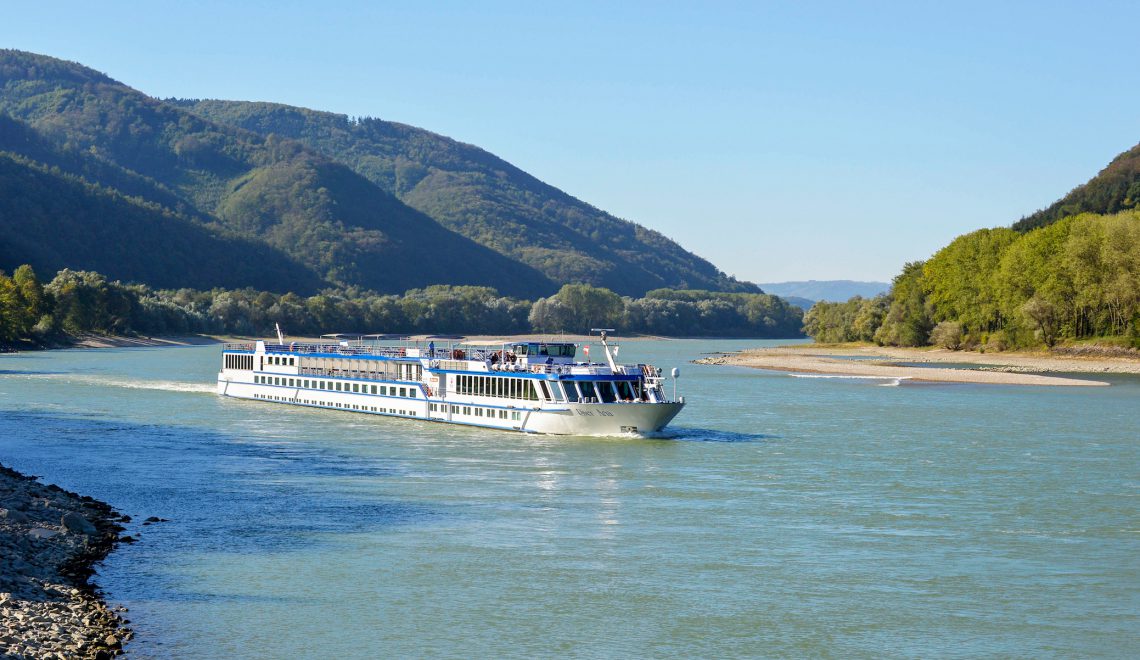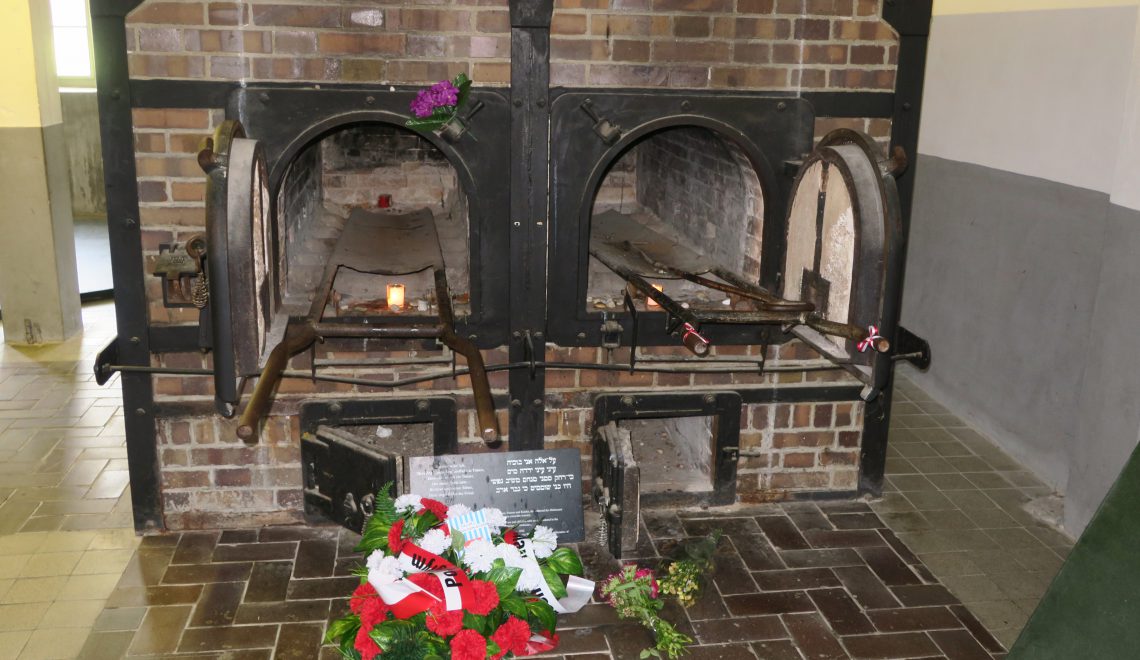
The delayed flight from Frankfurt into Budapest was excruciating. Long lines and bad food. To pass the time, I turned to a friend and said: “Name the country and I’ll tell you a favorite cheese.” He replied: “Too easy. Tell me the cheese and I’ll name the country.” That was the beginning of what I call our Cheese Quiz (not Whiz…Quiz).
Our Viking River Cruise would begin in a few hours with twelve days on the Danube, Main and Rhine Rivers. Departing from Budapest and arriving in Amsterdam, we would stop at ports in Hungry, Austria, Germany and Netherlands. The Grand European Cruise.
Dinner the first evening was melt-in-your mouth Chateaubriand. From that moment on, I knew we had an exceptional chef. I made it a point to complement Slavi Nedev, our Executive Chef. A few days later and as many great dining experiences, I explained the Cheese Quiz Wager to our hotel manager, Jadranka Brajkovic, and asked if it would be possible to learn more about the cheese in the countries we would be visiting. She checked with Chef Nedev and he agreed to educate me in a very delicious way about European cheese.

Cheese Souffle. Served as an appetizer one evening aboard the Viking Lef. It was so good, I ate two.
Vienna, Austria was our first port-of-call and Austrian cheeses were some of Chef Nedev’s favorites.
Rollino: Upper Austria near the Alpine foothills
If you like Philly, you will love Rollino. This is a cream cheese which goes well on any cheese plate or a nice cracker or bread. Packaged in a cylinder form, this cheese is well suited to almost any wine. It’s your all-around, do everything…cheese. The outside of the cheese is coated with chives, dill and parsley. Rollino is a delicate cheese, easy on the palate.
Chef Nedev’s choice of condiment was a honey base. This gave the creamy consistency sweetness on the tongue. Of all the cheese samples Chef Nedev presented, this was my favorite.
Weinkase (translation – Wine Cheese)
The Germanic name would seem to be a dead give-away for the origin of this cheese. However, its origin is actually Italian; but, its popularity is Austrian due to the proximity to the Austrian border. Made from pasteurized cow’s milk, the texture is much like a Brie. The black outer skin comes from washing it with Austrian red wine (Lagrein). Herbs, garlic and pepper are added to the wine during the soaking process (5 days) which gives the cheese the flavor of salami. The texture is soft; and, the taste is mild.
Notice that Chef Nedev paired the condiment with a fruity compote to enhance the cheese flavor.
Osterkron (Styria area of Austria)
Before leaving Austria, Chef Nedev finished with a much different cheese, Osterkron. This cheese is produced in Styria, mountainous southeast Austria. A region like Styria with its mountains, old castles and wineries would naturally produce a hearty cheese, high fat content of 22% and strong taste. Osterkron can be recognized by its green mold color.
Chef Nedev paired the condiment with a plum compote, less fruity than the Weinkase. Normally, I’m not a fan of the blue cheeses, but this one had a nice balance and was not so strong as to be offensive.
We cruised the Danube and glided through the beautiful Wachau Valley dotted with castles and medieval towns. Our Austrian cheeses defined the combination of imposing castles, powerful families juxtaposed with the serenity of the vineyards that terraced the hillsides.
Germany
Passau, City of Three Rivers, was our first German town. It lies at the confluence of the Inn, the Danube, and the Llz Rivers. Known for its Roman fort, for its strong ties to the Holy Roman Empire, and…as the center of the salt trade. Commerce was key. The strength of the German cheeses is like a fist.
Harzer: Named after the Harz Mountains south of Braunschweig
Harzer cheese is easy to recognize because it is usually in a cylinder shape, wrapped in a clear package. Only 1% fat content and high protein (30%), made from sour milk, this cheese is popular with athletes and people on special diets. The smell is undeniable as is the strong flavor. I was not fond of this cheese. Too strong for my pansy American palate.
Notice the scoring on the Harzer cheese. This is because originally, the cheese was formed by hand. Chef Nedev complemented this cheese with a combined fruit compote which was appreciated because of the strong bite of the Harzer.
Welcome to the Netherlands:
One of the highlights of the Viking River Cruise was to visit a cheese producer close to Amsterdam, Kaas en Zuivelboerderij Kuiper (Kuiper Cheese Farm). We were able to follow the cheese making process from cow to product. The Kuipers produce a wide variety of Gouda (pronounce How-da) cheese. The Netherlands is renowned for Gouda. Walking around Amsterdam, I spotted several Cheese Museums which sold variations on Gouda cheese.
The Kuiper operation has 250 cows and they milk 230 cows twice daily.
1600 gallons of milk is heated and processed into a thick yogurt like substance which separates into curds and whey. The whey is pumped out and sent to a pig farm.
The curds are pressed with metal plates and put into round containers for 2-3 hours to form a firm round cheese.
These are taken to wooden shelves to dry. They are turned every two days until they are 2-3 weeks old, at which time they are ready to go to market.
Kuiper has an on-site store to sell cheese by the slice or in small quantities to visitors and locals.
Two weeks ago, I thought I knew cheese. Let’s see…there’s American, Cheddar and Swiss. Right? What I learned was…I have a long way to go before I have a real grasp on cheese, the ramifications that define cheese, and the culture that produces a country’s special cheese taste. What a delicious journey.
About the Author:
In 2010, Annie Coburn created Fab Placez. In 2014, she changed the name of her website to FAB Senior Travel to better define her target audience, mature travelers. In order to provide diversity of locations and topics for her subscribers, she publishes travel articles from other writers, as well as her own.
You are invited to subscribe.
Website: http:// www.fabseniortravel.com
























